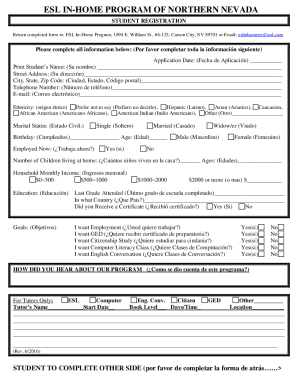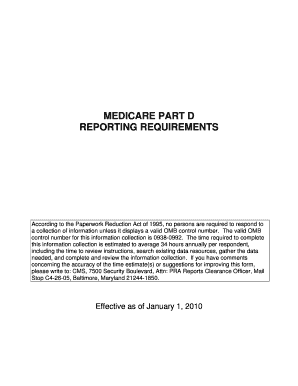5 Key Facts: Paperwork Reduction Act and USPS

The Paperwork Reduction Act (PRA), enacted in 1980, aimed to minimize the burden of information collection from the public by federal agencies. While the USPS, or United States Postal Service, is not a federal agency in the typical sense, it is subject to certain provisions of the PRA. Here, we'll explore how the PRA affects the USPS and some key facts about this intersection.
What is the Paperwork Reduction Act?

The Paperwork Reduction Act was introduced to:
- Reduce the total amount of paperwork the government imposes on the public.
- Ensure the quality, utility, and clarity of information collections.
- Maximize the practical use of information collected.
- Coordinate, integrate, and control government-wide information resources.
How Does PRA Affect the USPS?

The USPS, as a semi-independent entity, must adhere to some aspects of the PRA:
- Information Collection: USPS is required to report any collection of information from the public to the Office of Management and Budget (OMB) for approval.
- Privacy: Forms and collection methods must respect privacy laws and reduce unnecessary data collection.
- Online Services: The push towards reducing physical paperwork has encouraged USPS to develop more online services, thereby reducing mail volume.
- Legislation Compliance: Any changes to postal forms or collection methods need to be in compliance with the PRA to ensure they are not overly burdensome.
Key Impacts on USPS Operations

The PRA has several key impacts on USPS operations:
- Increased Efficiency: USPS has streamlined forms and postal procedures to reduce the burden on customers.
- Online Postal Services: The development of online tools like Click-N-Ship®, Informed Delivery®, and online change of address reflects efforts to reduce physical paperwork.
- Data Privacy and Security: USPS has to ensure that any information collected online or through paper forms is handled with care, complying with both the PRA and the Privacy Act of 1974.
- OMB Approval: Any new postal form or change in collection methodology requires OMB approval, adding a layer of oversight to USPS operations.
Challenges and Opportunities

While the PRA poses certain challenges:
- Bureaucratic Hurdles: The need for OMB approval can slow down innovation within USPS.
- Public Perception: Any change in forms or service can lead to public confusion or inconvenience if not communicated well.
It also opens up opportunities:
- Digital Transformation: The push for less paperwork encourages USPS to modernize its services.
- Customer Experience: Simplification of forms and processes can enhance the customer experience.
📌 Note: Although the USPS is not a traditional federal agency, it is subject to federal regulations like the PRA. This means they must balance between meeting legal requirements and serving the public efficiently.
In summary, the Paperwork Reduction Act has played a crucial role in shaping how the USPS interacts with the public. By encouraging digital solutions and streamlining information collection, USPS continues to evolve, meeting the demands of a modern postal service while adhering to regulatory frameworks designed to protect the public from excessive paperwork.
Why does the USPS need to comply with the Paperwork Reduction Act?

+
Despite its semi-independent status, the USPS must comply with the PRA to ensure that its information collection methods are not overly burdensome to the public and respect privacy laws.
What happens if USPS introduces a new form without OMB approval?

+
If USPS introduces a new form without OMB approval, it could be subject to legal scrutiny, penalties, and may need to retract the form, causing potential disruption to services.
How has the PRA influenced online postal services?

+
The PRA has pushed USPS to innovate with online services like Click-N-Ship® and Informed Delivery®, reducing physical paperwork and making postal services more accessible and efficient.